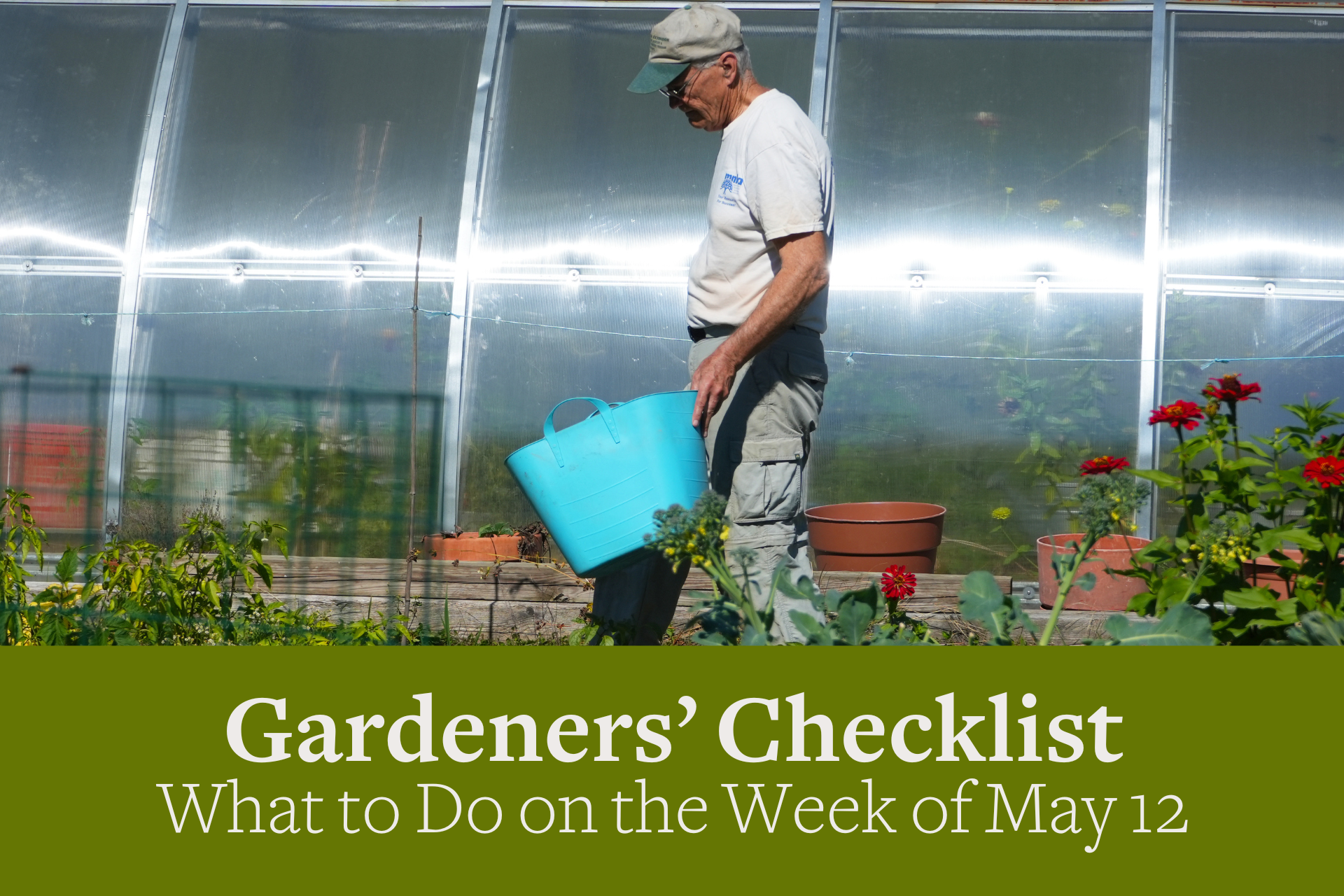You are here
Gardeners Checklist: Here Is What to Do on the Week of May 12
Gardeners Checklist: Here Is What to Do on the Week of May 12
By Ron Kujawski
* Don’t get your knickers in a twist over mushrooms popping up in lawns. The appearance of mushrooms is common in spring during warm, wet weather. They are no threat to the lawn. However, since many of these mushrooms are poisonous, it’s a good idea to break them by raking or beheading them with the lawn mower, but forewarn elves living beneath them.
* Make a sowing of bush beans, but don’t plant the entire seed packet. Plan to make additional sowings at two to three week intervals. Planting all of your bean seeds at once results in bean overload, typically denoted by comments such as, “Not beans again!”
* Start weeding the vegetable garden and keep at it. Vegetable crops do not tolerate competition from weeds very well. This is especially true of shallow-rooted crops such as onions.
* Come back to petunias. Many gardeners ban petunias from their gardens because of the plants’ need for constant deadheading and their tendency to get leggy during the hot summer months. All I can say is, “Forgeddaboutit.” New petunia strains such as Surfinia, Supertunia, Wave, and Cascadia need no deadheading and remain bushy throughout the growing season.
* Spread a one-inch deep layer of compost around herbaceous perennials. With few exceptions, this addition of compost each spring can eliminate the need for fertilizer applications. The exceptions are daylilies, peonies, chrysanthemum, and border phlox, which are heavy feeders and benefit from fertilizer applications in spring and again in July.
* Avoid placing mulch over the rhizomes of bearded iris since the moisture collecting beneath the mulch can cause the rhizomes to rot. The rhizome of iris is the thick root-like stem from which the leaves and flower stalks grow. The top of the rhizome should always be exposed.
*
Most people would argue against the notion that “bigger is better,” but can we similarly dismiss the view that wider is better? Perhaps in the case of my posterior, we can, but arborists know that wider is better when it comes to the mulched area around trees in home landscapes. So, how wide should the mulched area be? Studies repeatedly demonstrate that tree growth is enhanced in direct proportion to the width of the mulch bed around the tree. In other words, wider is better. As a general recommendation, the width of a mulch bed should be a minimum of three feet but can extend as far as you see fit, though your next-door neighbor might take offense when the mulch bed encroaches on his doorstep. Here are a few rules for mulching around trees. Do not pile mulch high against the base of the tree trunk. Keep the depth of mulch under four inches. Use a coarse mulch of natural materials such as wood chips, bark nuggets, or pine needles. If using wood chips, partially composted chips are best. More tips on mulching trees next week.
Help Our Garden Grow!
Your donation helps us to educate and inspire visitors of all ages on the art and science of gardening and the preservation of our environment.
All donations are 100 percent tax deductible.


